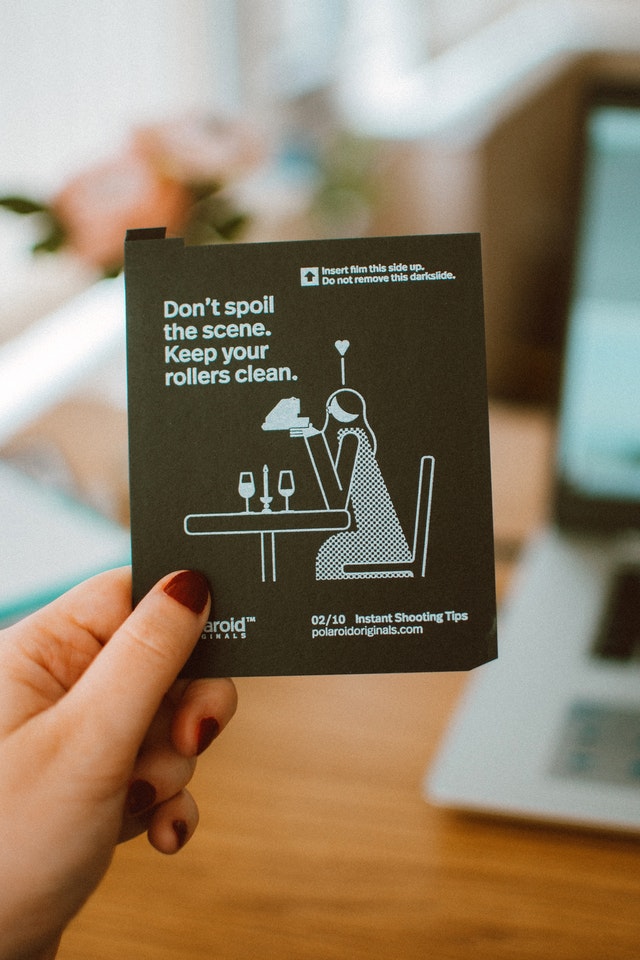
Although the world is increasingly more connected to the Internet Of Things (IOT) or Internet Of Everything (IOE) and online connections will become more mainstream, there are still a number of non-electronic promotion techniques that work. Some of these techniques can be more effective in conveying a message, and more importantly in the area of message retrieval and retention.
Online services, as exciting and cost effective that they are, can be seen as impersonal, and if the message is incorrect, it can be straight out annoying. Additionally, the likelihood of a consumer complaint is lower for electronic promotions that don’t hit the mark, so an important campaign effectiveness feedback loop is essentially lost. Combined with the plethora of competing web-based promotional campaigns and the ever increasing spam and online fraud schemes, the effectiveness of targeted online promotions are being eroded.
Digital promotions are “at the moment” by nature. It relies on repeated impressions to establish a brand awareness. It works perfectly for areas that have consumer dwell time, or where there are multiple message delivery opportunities.
Online promotions, at a minimum, need to be requested, targeted, and considered. The Spam Act has been introduced to limit the amount of unsolicited online advertising that a consumer receives. Works great at controlling the activities of Australian advertisers but is absolutely useless against overseas agents where the bulk of this stuff originates from.
It might seem that I am anti-electronic promotions. Far from it. This article will explore alternatives, especially alternative options that might deliver better results. Some may suggest that the following strategies are old-school, however, a quick look around will quickly establish that these techniques are still very much in use and can deliver high ROI’s.
All postal services have an obligation to deliver addressed mail. Sure it may be unsolicited, but because it has an address on the front, it needs to be delivered – regardless if the recipient has requested it or not. This type of promotion is gold standard in nature (ignoring for now the content). It is also the most targeted, and therefore most researched, and is the most expensive. There may be a fair amount of background work done (whether by yourself or by list owners) to compile a list of names that meet material reception criteria.
Next cab off the rank is the unsolicited promotional material that is delivered to geographical areas via the letterbox. These services are delivered by third parties but may be impacted by delivery denial if the letterbox is marked with “Addressed Mail Only”.
The final printed option is where the consumer collects the material they are interested in rather than you delivering it. Its penetration rate is low, but the consumer qualification is the highest of all the above methods.
Although we probably don’t admit it often enough, humans are still quite tactile. There is always more value in receiving a personalised postcard rather than an email and it’s not because it costs considerable more than fractions of a cent to produce a postcard (production and delivery) than it does to send a million emails.
Tactile promotional products can take various forms. It would be great to supply a sample pack to everyone but this strategy quickly becomes cost prohibitive. Printed material is still king here. Selecting the correct printed material is where the smarts come into play.
Printed promotional products need to achieve a number of important goals:
- They need to be cost effective to produce.
- They need to be memorable.
- They need to be saved.
I haven’t included things like it needing a call to action etc, as this is common to all promotional activities and is therefore assumed. For those of you that don’t know what this means, check back for a new blog entry that specifically deals with this.
The final part of the printed strategy is content. Content will determine if your material is retained or if it quickly finds itself in the recycling pile. We will tackle content in a future post.






